Every year during Sharad Purnima, Mehrangarh Fort does something it was never designed to do. Built to keep elephants out, the fortress now lets music in, and not just any music. For eighteen years, the Jodhpur RIFF has transformed its ramparts into one of the world’s most magical stages. Under the patronage of HH Gaj Singh II of Marwar-Jodhpur and the leadership of Divya Bhatia, the festival has emerged as one of India’s most admired cultural platforms, blending site, sound, and soul into something that feels both deeply local and unmistakably global.
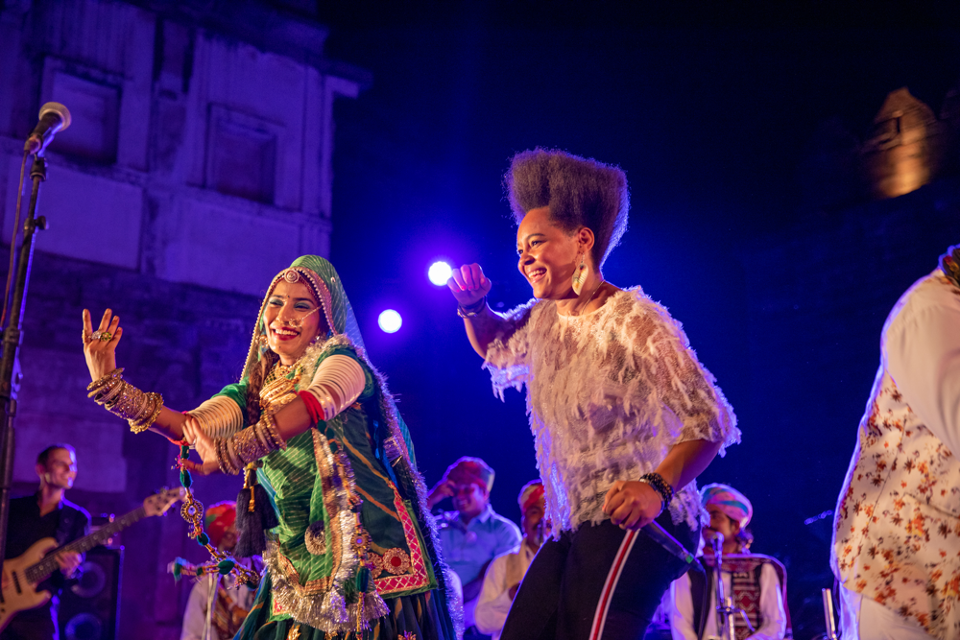
Image credits: Jodhpur RIFF
The Origins of a Vision
In 2004, not long after Divya Bhatia had completed an 8-year stint at Mumbai’s Prithvi Theatre as its festival director, an unusual conversation began to take shape. The late John Singh, founder of the Anokhi brand, and his wife Faith, both champions of Rajasthan’s crafts and traditions, approached him to grow their city-wide festival in Jaipur, a global, multi-arts platform where folk music could be experienced as culture in motion, not as tourist wallpaper. A few years later, H.H. Gaj Singh II, the 39th Maharaja of Jodhpur, determined to reposition Mehrangarh Fort as more than a museum and monument, a living stage for the arts, worked with them to create Jodhpur RIFF.
Jodhpur RIFF is not the work of one person but a legacy of many. A patron’s vision , a couple’s conviction and ambition, and an artistic director’s curiosity, insight and experience intersected, and that overlap became its strength.
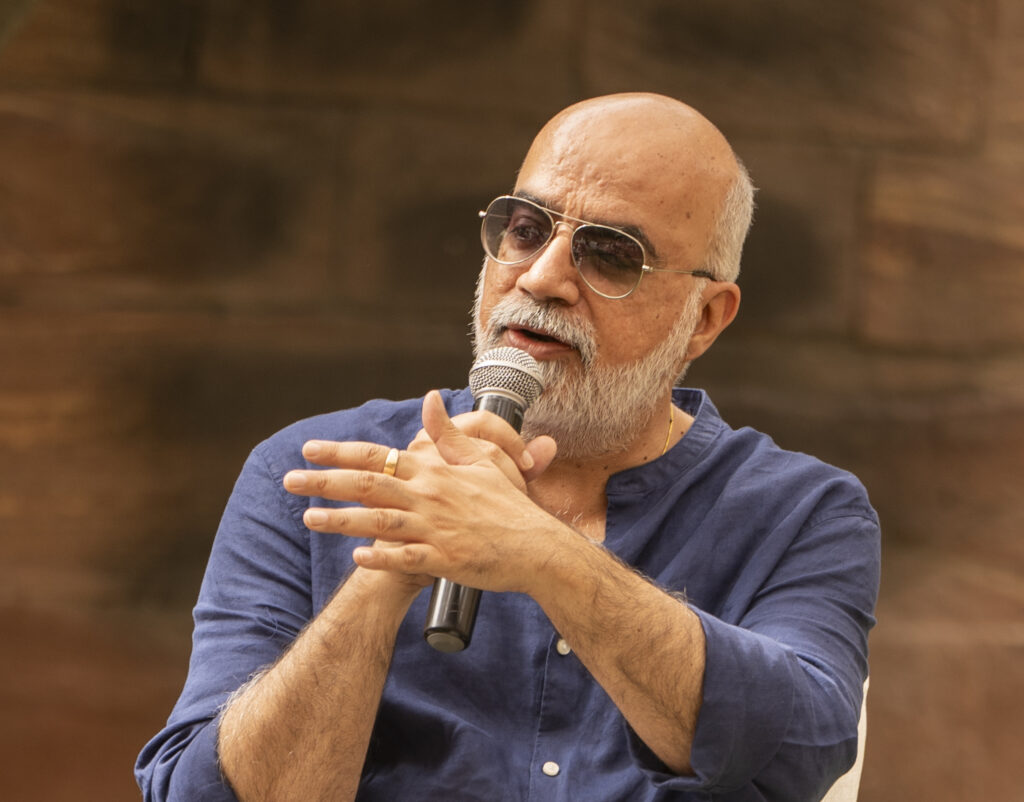
Image credits: Kavi Bhansali
When Bhatia stepped into Jodhpur RIFF as its festival director in early 2008, he had already worked with traditional musicians for a few years. But Rajasthan was still seen as a postcard: palaces on one side, folk musicians sidelined on the other. “I wasn’t interested in dot-joining,” he recalls. “I wanted to understand the layers, tradition, livelihood, tourism, patronage, and work in a way that reshaped the entire landscape.”
This layered approach made the festival bigger than a line-up. For anyone building a festival, the reminder here is that vision is rarely solitary, it’s when different imaginations align that a platform finds its real force.
Building More Than a Line-Up
Jodhpur RIFF was never designed to compete on headliners. In fact, Bhatia resisted that pressure entirely. “People asked me, ‘Who’s your headliner?’ I wasn’t chasing celebrities,” he says with a smile. “The word for me is transmission; between master and apprentice, artist and audience, Jodhpur and the world.”
From the start, this philosophy shaped Jodhpur RIFF’s DNA. Instead of billboards or splashy ads, resources went to artists, sending them to stages like Blue Frog in Mumbai or to festivals like Edinburgh International Festival . The music became the message. “Why buy an ad,” Bhatia asks, “when you can pay a musician to play live and let the art become the advertisement?”
That quiet refusal to follow the conventional marketing script gave Jodhpur RIFF its credibility. By staying rooted in values rather than chasing quick profits, the festival built authenticity that audiences could feel. And when people sense that, they don’t just attend once, they return, again and again, as loyal custodians of the art itself.
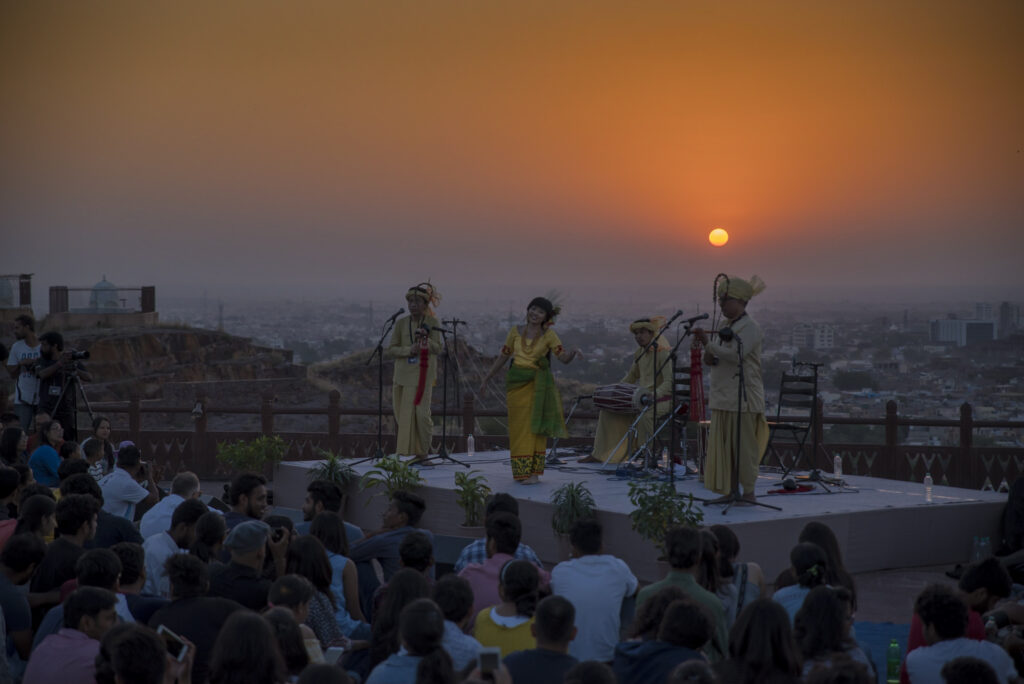
Image credits: Jodhpur RIFF
Gender, Tradition, and Modernity
Jodhpur RIFF’s impact is most visible in how it re-centered women within traditions often seen as male domains. Rajasthan’s folk history always had women at its core — from the epic tellers of Pabuji ka Phad to the custodians of repertoires among the Langas and Manganiyars — yet modernity pushed them aside.
By championing artists like Sumitra and Bhanwari Devi, Jodhpur RIFF strives to restore that balance. “It was never a ‘gender agenda,’” Bhatia says. “It was about making sure women weren’t left behind simply because modern life had erased them.”
The power of that choice lies in its subtlety. Festivals earn authenticity not through spectacle but through the details audiences feel. It’s never about grand campaigns or glittering pitches, but the small, thoughtful touches. When you keep an eye on those granular details, your festival shines effortlessly, and audiences always notice.
Mehrangarh: Constraint and Catalyst
With no local engineers in the early years, Bhatia brought in technical teams from Delhi and Jaipur while gradually nurturing a homegrown crew of 30–40 production professionals from Jodhpur itself. “No one comes perfect for the job,” he reflects. “They were just a group of passionate people who came together, learned on the go, and built something. When you have curiosity and the will to learn, that’s all it really takes.”
“I’m not site-specific,” he says. “I’m site-conscientious. The local matters — the artists, the setting, the community. Mehrangarh is not just a backdrop; it shapes the art itself.”
The fort and the festival also reshaped Jodhpur. Once a half-day stopover, the city became a cultural destination. “Back then, everyone asked me, why Jodhpur? Why folk?” Bhatia recalls. “In 2009, the State Minister of Culture said Jodhpur was now a two-night destination. That’s what the festival changed.” Today, the Jodhpur RIFF weekend is one of the most profitable periods in the year for the city.
This year, Jodhpur RIFF deepened that connection with a “music-theatre walk”, an hour-long, solo, audio-based journey through the fort’s winding ways into the blue city, with headphones guiding each step. Participants are invited to pause, push open doors, or reflect on quiet questions, as music and memory fold into the stone around them. It is not spectacle but intimacy: a reminder that a festival site is never just a stage, but part of the story itself.
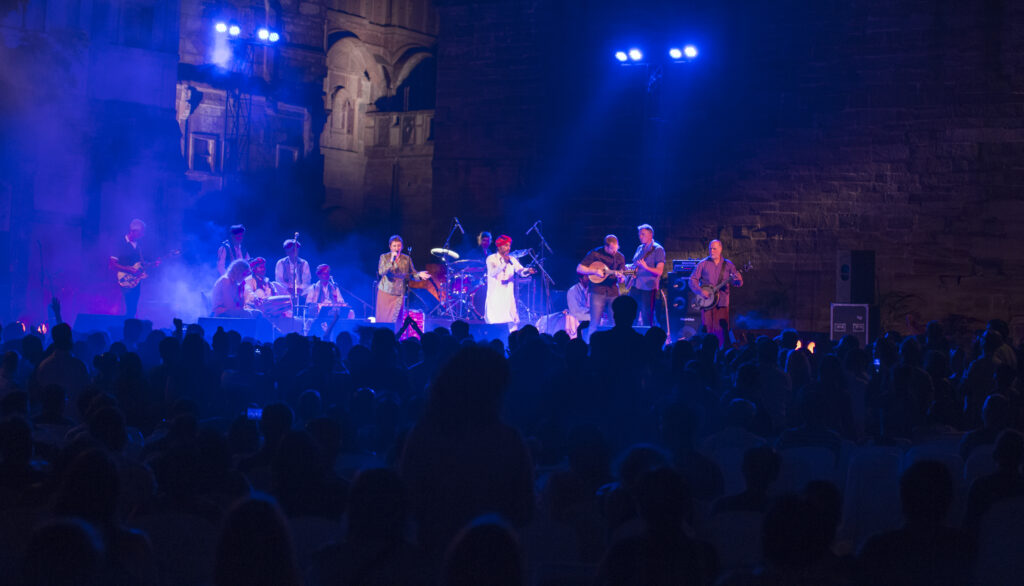
Image credits: Jodhpur RIFF
The Emotional Currency of Return
Jodhpur RIFF’s timing is no accident. The festival is set to coincide with Sharad Purnima, chosen a year in advance from the lunar calendar. On those nights, the moon and the sun themselves become part of the stage, shifting the mood in ways no technician could ever control.
“When you are touched on this deeper level, you don’t need to market it,” Bhatia says. “People will always come back to feel it again.”
What keeps audiences returning are moments like the dawn jugalbandis, when the first note meets the first light, or the crossovers where desert folk folds into jazz, and a raga begins a quiet conversation with the blues. None of this is programmed for novelty. It is a risk taken on emotion. “A festival must give audiences something they didn’t know they could value,” Bhatia insists. “Curiosity sparks once, but return comes from depth.”
That is how memory works at festivals. People don’t carry away posters or schedules. They carry sensations. When the sun rises in sync with the songs, the experience becomes irreplaceable.
Lessons for a Generation of Festival Makers
Jodhpur RIFF today is a benchmark for younger festivals that aspire to longevity. For Bhatia, the lesson is clear: don’t put the cart before the horse. “Too many organisers obsess over resources and sponsorships before they’ve figured out why the festival exists. At Jodhpur RIFF, the non-negotiable has always been: does this positively impact recognition, dignity and livelihood for the artist? Everything else flows from that.” Jodhpur RIFF at 18 is a milestone, but it is also a reminder. Cultural legacy is fragile — eroded by television, tourism, and the temptations of other livelihoods. Yet in Jodhpur, at least once a year, legacy becomes the future. “Jodhpur RIFF is just about trusting the music to do its work. And somehow, it always does.” he says.
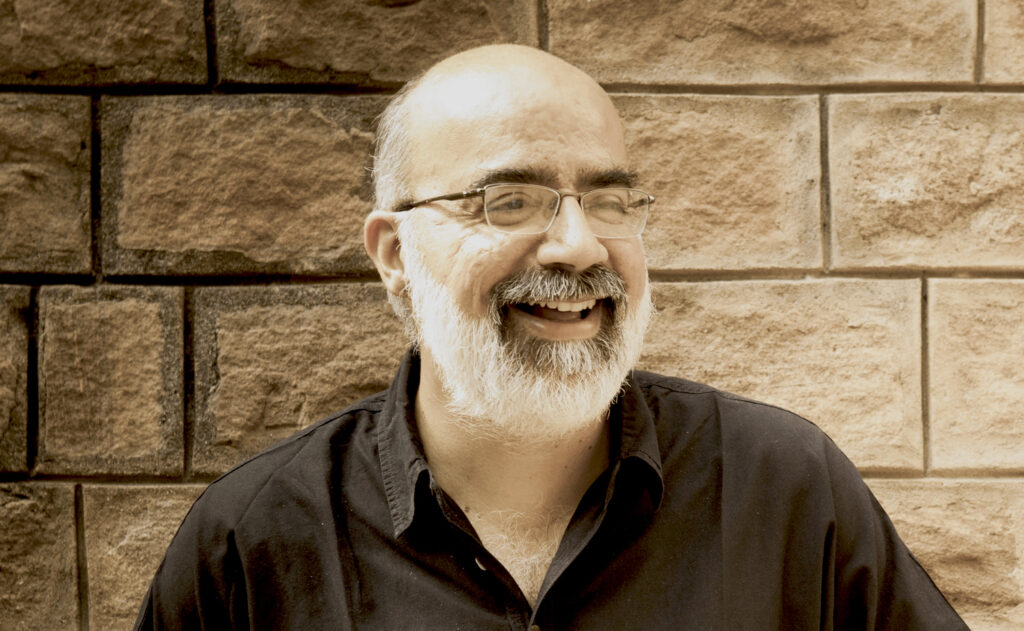
Who is Divya Bhatia?
Divya Bhatia is an independent artistic director, producer, and performing arts consultant based in Mumbai. He is the Festival Director of Jodhpur RIFF, India’s leading roots music festival, now in its 18th year, where he has been instrumental in building a platform for both Rajasthani folk musicians and international roots artists. He also serves as Director of Music Museum Projects at the Mehrangarh Museum Trust and as Lead Partner for Applied Theatre with the Royal Central School of Speech and Drama (UK). A mentor and producer of emerging folk group SAZ, Bhatia curates and promotes music and theatre with artists, institutions, and festivals worldwide. His previous roles include directing multiple festivals, serving on juries such as Adelaide Fringe, Thespo, WOMEX, and the Aga Khan Music Awards, and presenting regularly on Indian performing arts. Educated in India, the UK, and Canada, he trained in Hindustani classical tabla and has acted in theatre, as well as in films like Paa (2009) and Talvar (2015).
Jodhpur RIFF returns from 2–6 October 2025, an experience you simply can’t miss.
Read more about the festival here and secure your tickets now
Explore our other articles on
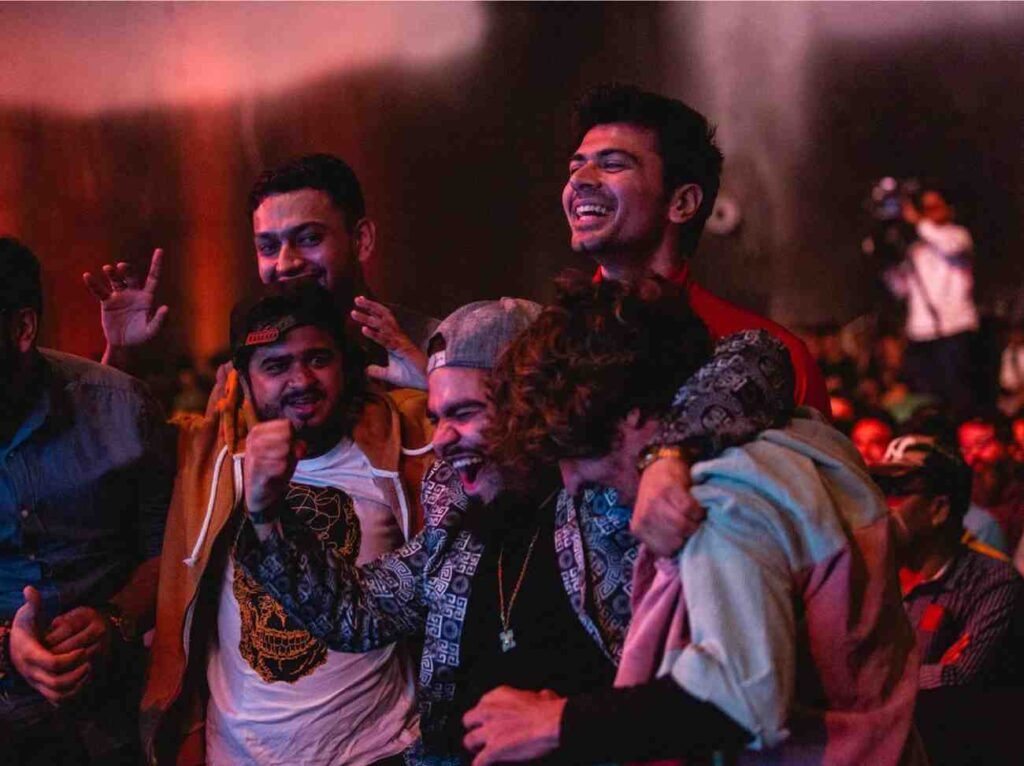
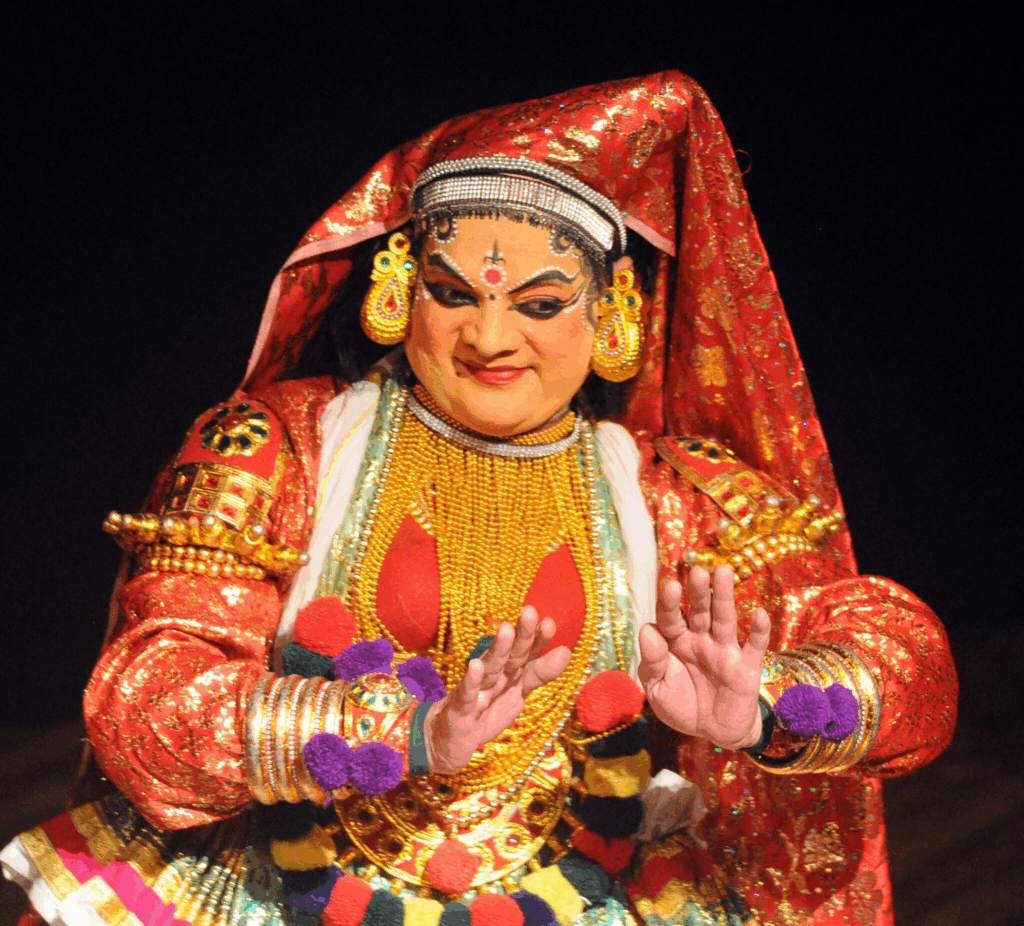
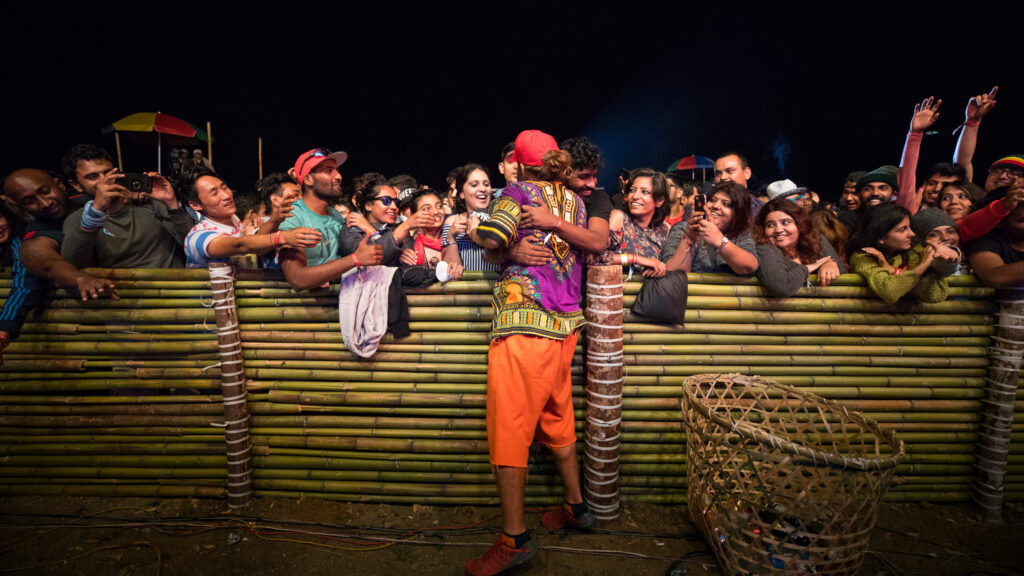
Share on